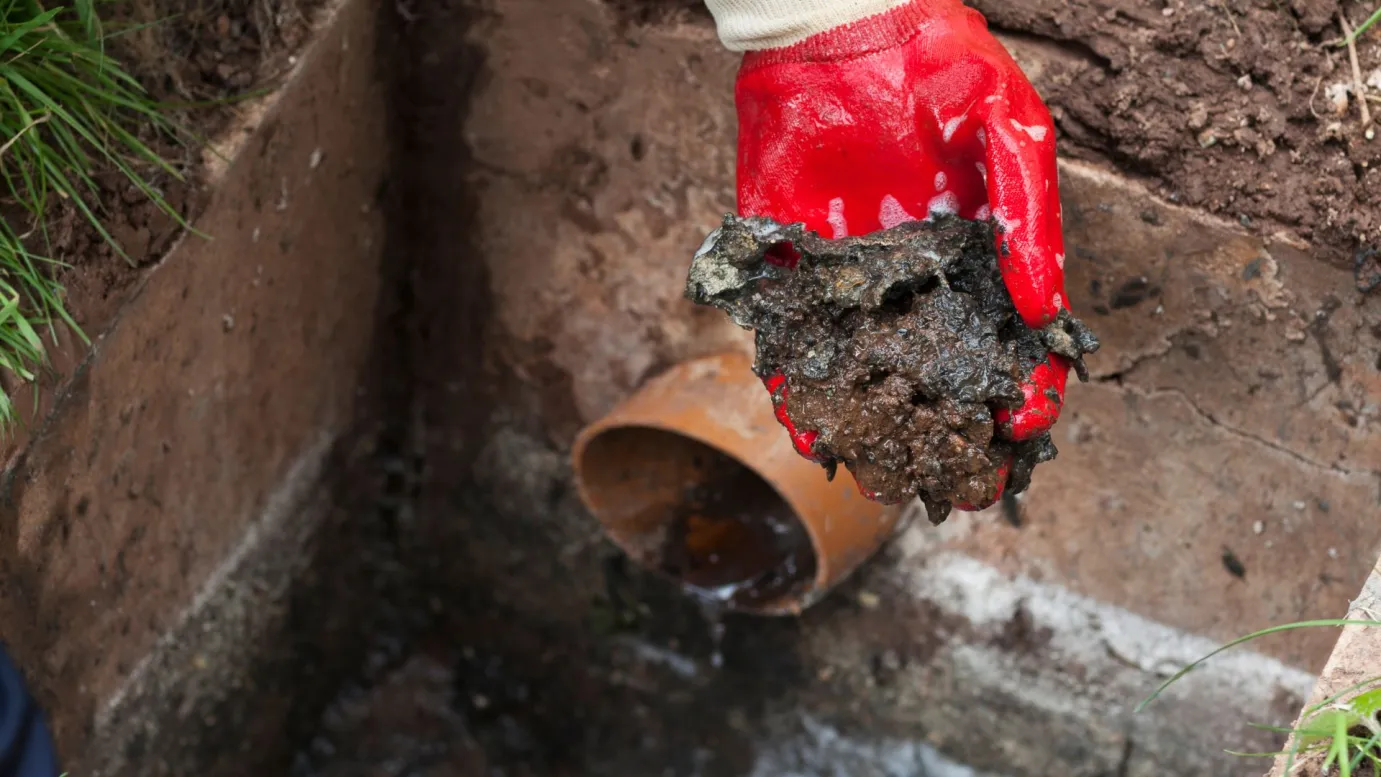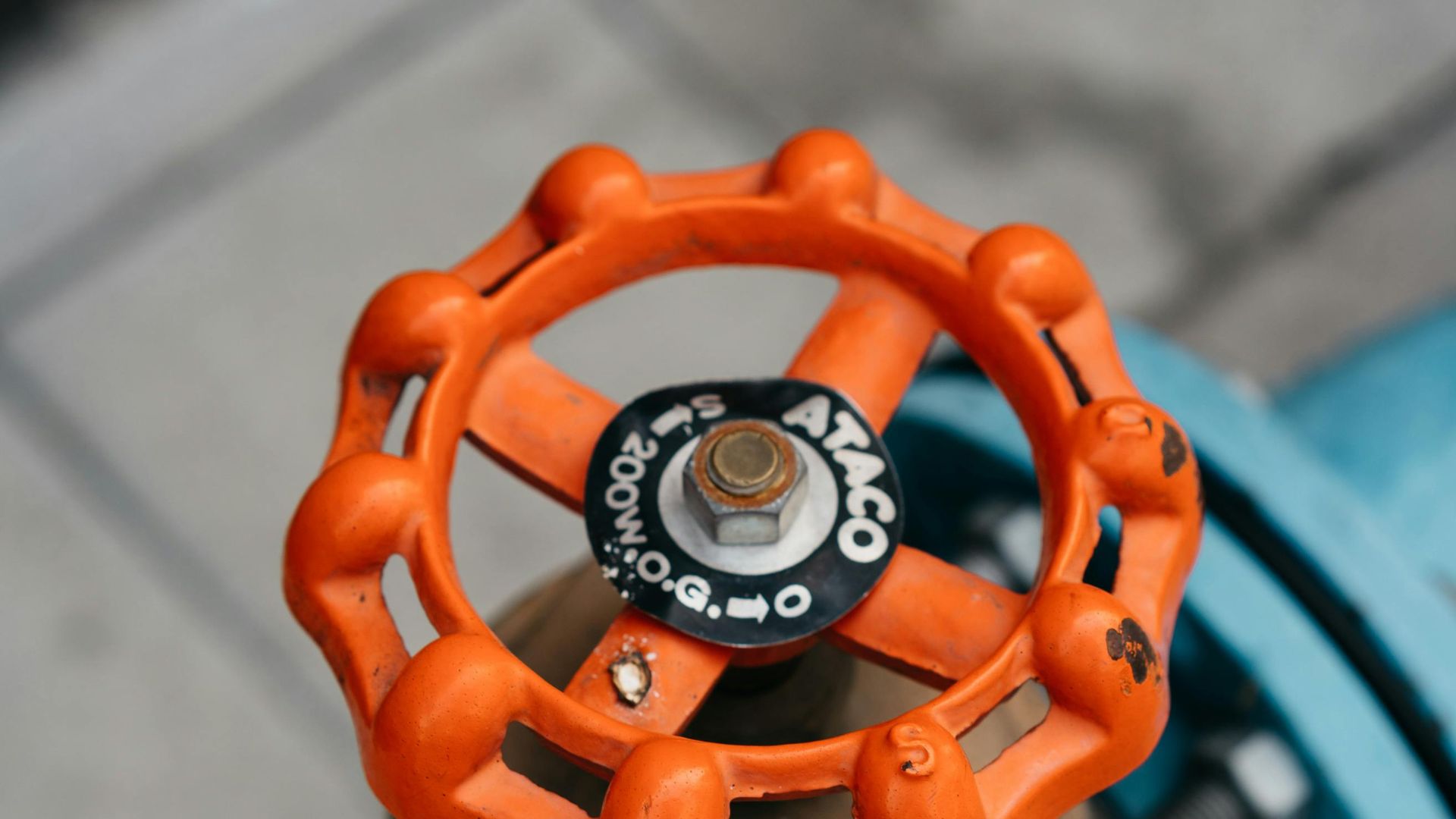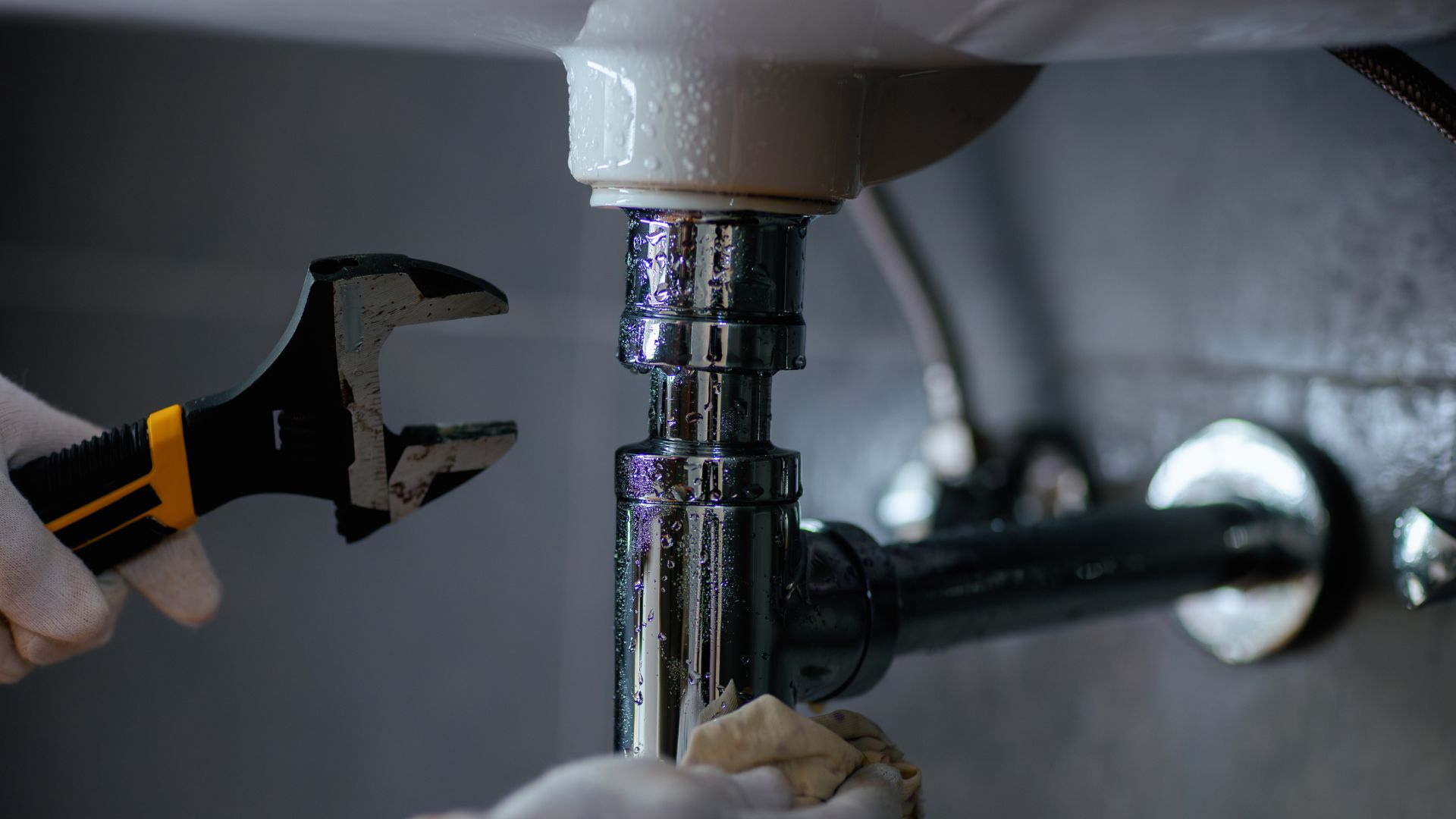You may think of your shower drain pipe as just a drain opening through which water escapes. But your shower system has many components that work together to ensure the effective travel of water to your sewer drain through your pipes.
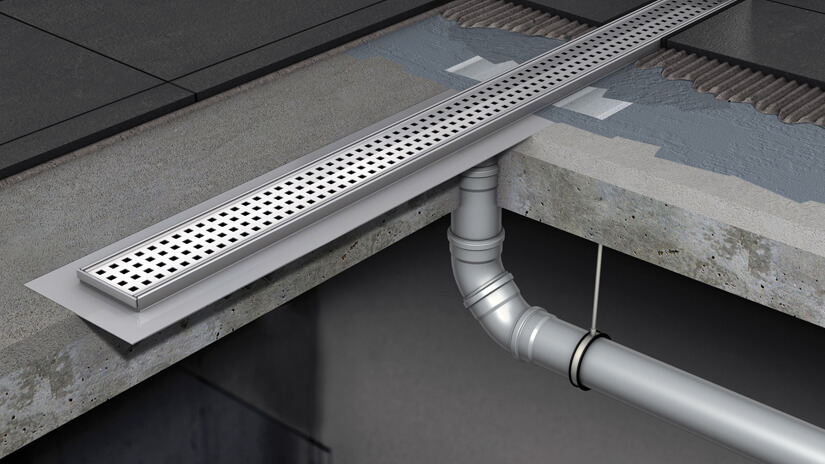
The shower drains are carefully designed to prevent sewer gases from returning to the washroom and emitting unpleasant odours.
It also ensures that water does not build up and flood when you shower, so let’s get into how a shower drain works.
Parts of a Shower Drain
Putting the parts aside, let’s talk about the types first.
There are two types of shower drain styles: point and linear drains. Point drains are usually placed in the middle of the shower and are square-shaped but can also be circular. They are available in various sizes and function equally well, but they can usually work for shower designs. Linear shower drains are typically installed to the side of the shower and are rectangle-shaped. They function slightly differently from grids.
Grid or point drains are metal square or rounded grids often installed in the middle of a shower floor.
Below are the different components of your shower area and drainage system: the drain trap, vent, drainage seal, and shower base. They all work together to ensure water travels effectively to the tight sewer drain.
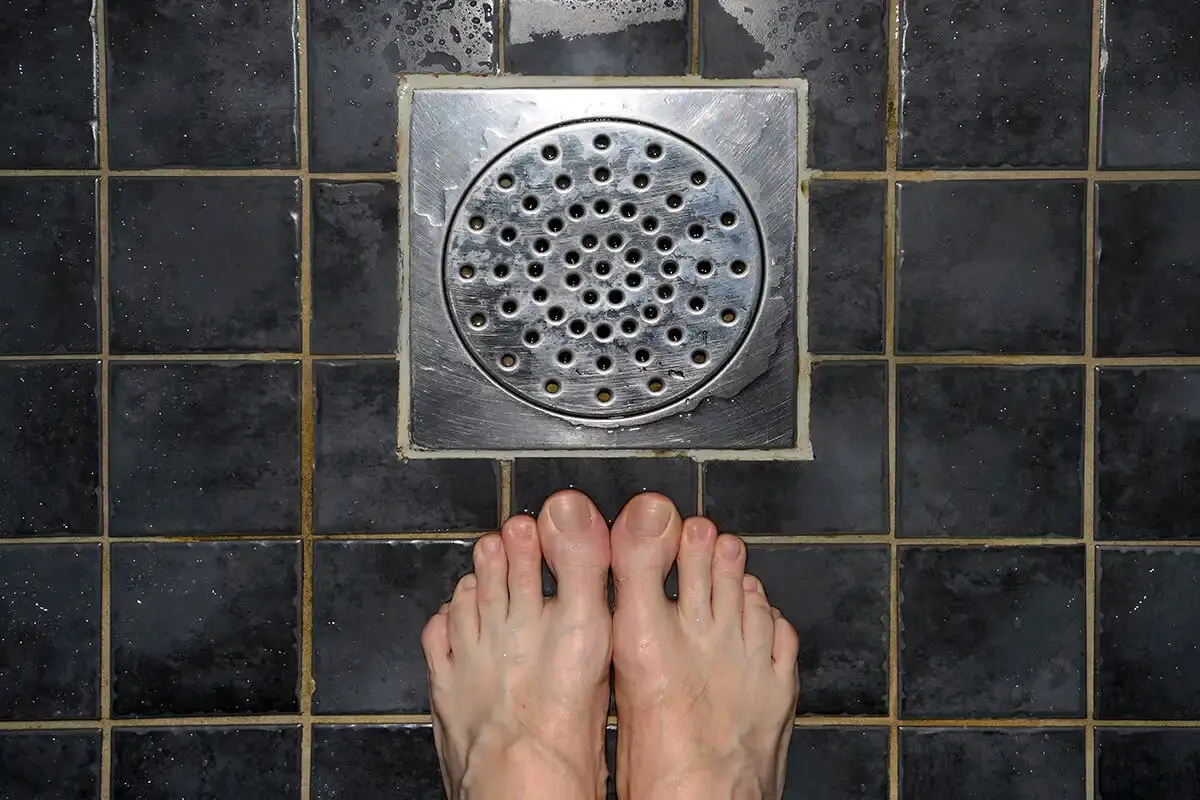
Drain Trap
The drain trap is located on the shower floor and is a pipe that connects to the drain line and the waste stack.
Sink traps under your kitchen cabinet are usually P-shaped, but shower traps can be S-shaped. The bottom of the trap has an area that holds some water.
This eliminates sewer gasses from seeping up and creating an unpleasant odour in your bathroom. This is usually bent into an s or p shape and ’traps’ some water to stop gasses from entering your property.
Vent
The drain waste vent is essential for removing sewerage from your home. They assist by regulating the air pressure inside the shower drain pipes.
These vent pipes start from the waste point and extend to the outside of the building. When you use the water in your shower, the water travels down from the shower drain opening and creates a vacuum, and the water flow can be reduced.
Venting is essential because it allows air to flow freely into the drain at a constant pressure. The main vent can be located above your roof.
Drainage Seal and Shower Base
The first component of a shower drain that you see is the cover. Typically, it looks like a filter and can be removed. Beneath this filter is the drain that leads to the shower area floor trap.
Usually, the shower base should be designed on a slope to ensure the water flow enters the drain opening. The leftover water can damage the floor and become dangerous due to soap and shampoo.
It may cause you to slip. Sealing the filter is crucial to eliminating leaking water under the base.
Need a Plumbing Service?
If you encounter clogs in your shower drains, you can use these simple DIY techniques to remove the blockages.
You can easily access these and remove them by hand for visible blockages, like a clump of hair. Remember to put on your rubber gloves and extract the clog from the shower drain’s surface.
You can also use a drain snake or a plumber’s snake. This flexible tool is retractable and has a metal wire you can send down your drain to pull out or break the build-up clogging the passageway.
Another simple solution is to mix your natural drain cleaner. Saying boiling water down your drain can help dissolve and soften the blockage like soap scums around the edges. Or you can combine vinegar and baking soda with your hot water to pour down your blocked shower drain.
The best thing to do, though, is to call your trusted plumber. They have the latest tools to unblock your drainage from stubborn blockages, such as CCTV drain cameras, to reach even the most challenging blocks and high-pressure jet blasters. They can also perform leak detection to check for cracks in your pipes.
Before you encounter a blocked shower drain, ensure you’ve prevented this from happening in the first place. Use a drain cover, even the basic ones made of rubber or plastic, to capture stray hair strands after your shower.
Always remember to have regular drain maintenance. It’s part and parcel of running a good household. This will save you from the hassle of encountering emergency plumbing problems and double the lifespan of your plumbing system, including your shower drains.


